China's aim for a GDP growth of about 5 percent this year is in line with its task to build a modern socialist country through high-quality development, said Michael Dunford, a leading scholar in the field of economic geography from the United Kingdom.
He made the remarks in an interview with China Daily on the latest Government Work Report, which was delivered on March 5 at the opening of the second session of the 14th National People's Congress, the country's top legislature.
The report reflects on China's recent past and outlines plans for 2024, including the GDP target for economic expansion.
"The rates of growth projected for 2024 are not out of order given the enormous size and wealth of China's domestic market, the completeness of its industrial system, and the quality of its workforce. They are more than consistent with China's long-term goals and are creditable in the context that China itself has chosen in the new era to grow more slowly," said Dunford, emeritus professor at the University of Sussex and visiting professor at the Institute of Geographical Sciences and Natural Resources Research of the Chinese Academy of Sciences.
"Instead of high rates of quantitative growth that brought ecological problems, overconcentration of unskilled processing industries, and increasing inequality, China has opted for high-quality development and a distinctive Chinese modernization path," he added.
High-quality development implies "a structural transformation" by moving away from some of the old growth drivers and developing new quality productive forces at a faster pace, which was also proposed in the work report this year, he said.
New quality productive forces refer to advanced productivity that is freed from traditional economic growth mode. They feature high-tech, high efficiency and high quality, and they are in line with the new development philosophy.
Specific plans aimed at accelerating the development of new quality productive forces in the work report include launching an AI Plus initiative for innovative development of the digital economy, stepping up efforts to develop hydrogen power, new materials and innovative drugs, and more, Dunford said.
New industrial revolution
"Already in the 14th Five-Year Plan, it was clear that China aimed for supply-side restructuring to enable itself to play a leading role in the new industrial revolution by developing new industries and upgrading traditional sectors to become high-end, intelligent, and green," he said.
The 14th Five-Year Plan (2021-25) is China's latest medium- and long-term economic and social development plan, which was approved in 2021.
However, Dunford also said that achieving growth through the high-quality development path will not be "painless" considering the current international conjuncture, including the effects of COVID-19, and the increasing geopolitical turbulence, among others.
"In choosing the path, China has extremely important assets. In particular, it has the most complete industrial system in the world, but it needs to adjust it," he said.
For example, Dunford suggested that the skills profile of the graduate and technical workforce must be better matched with the changing profile of the economy, alongside other actions aimed at short-term employment generation.
Despite some challenges ahead, he expressed confidence in China's long-term economic prospects and praised the target for being practical. "I think it balances the strategic importance of structural change with managing the difficulties encountered due to relatively slower growth in the transition era," he said.











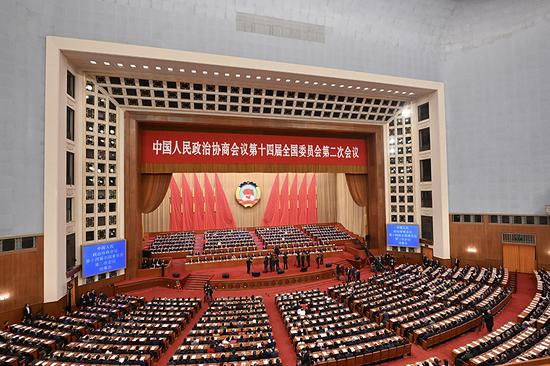


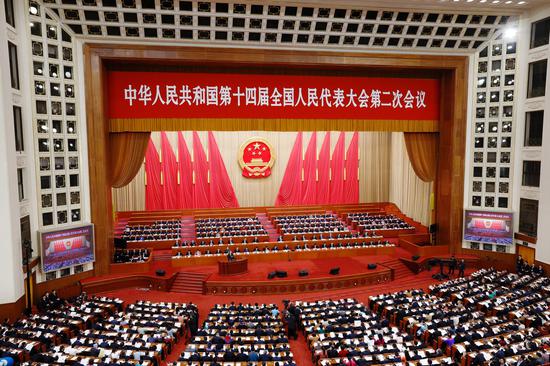
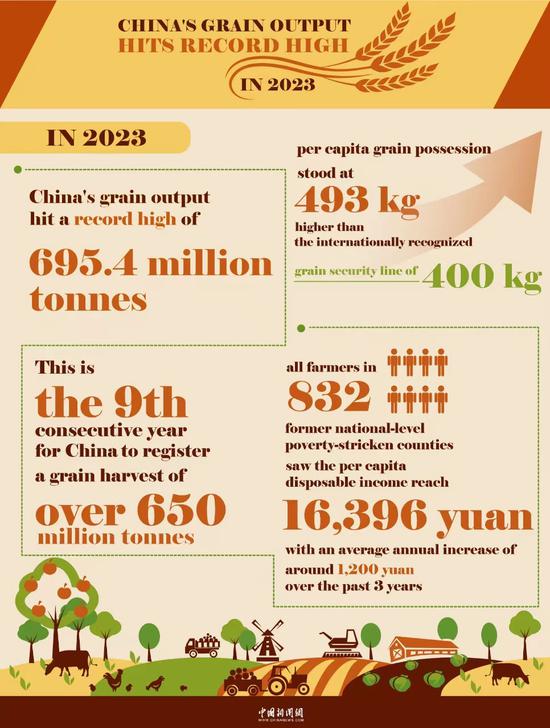

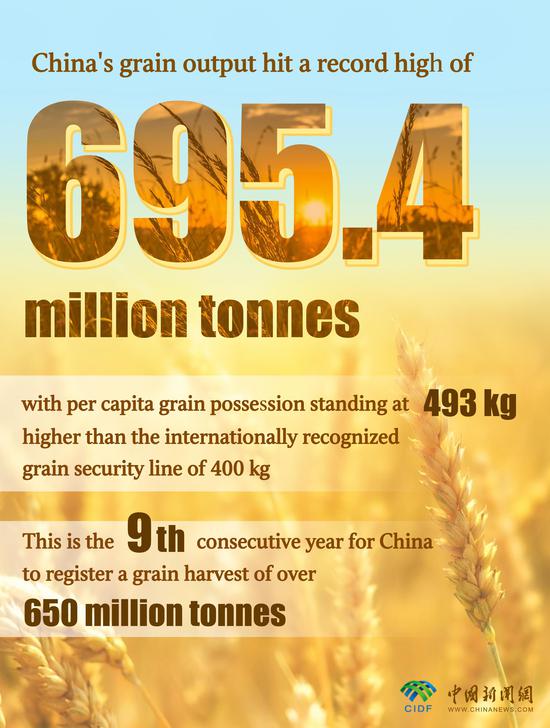
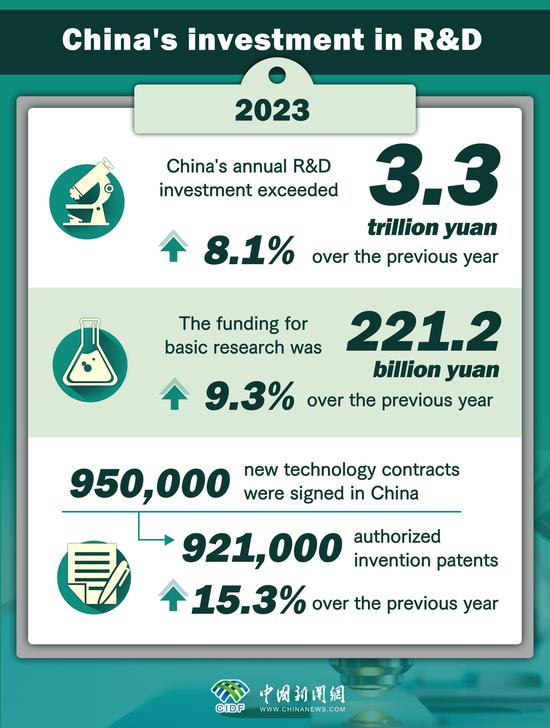


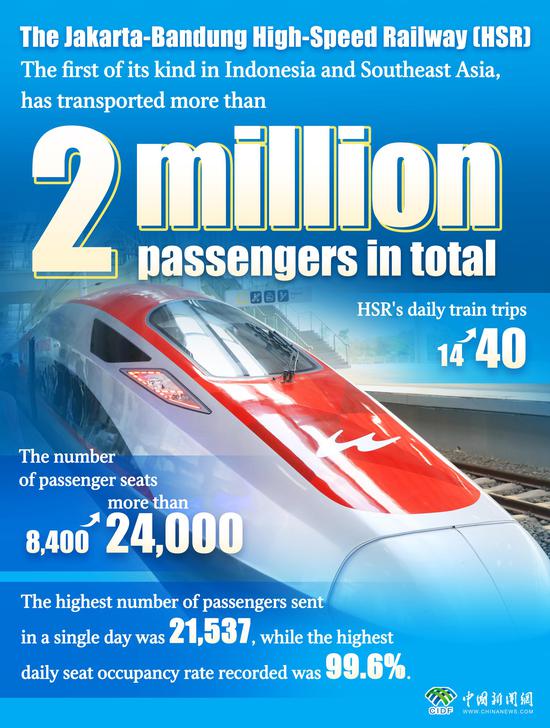



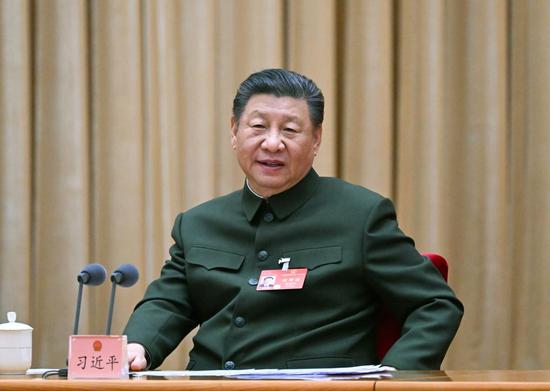
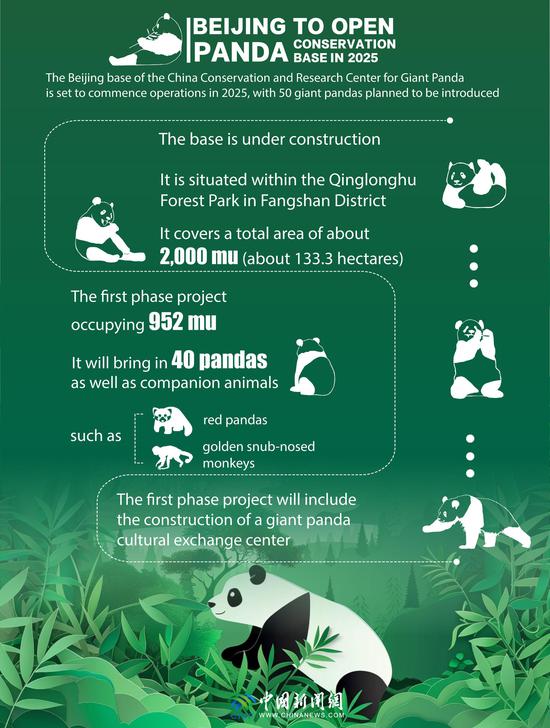

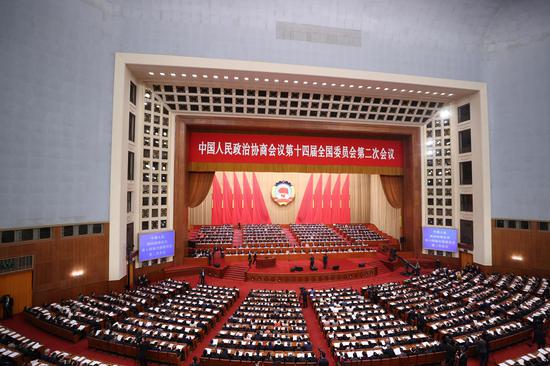
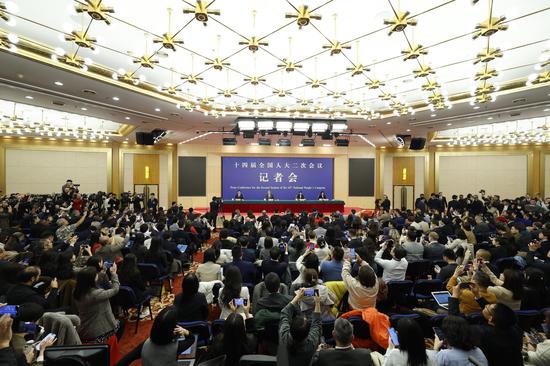

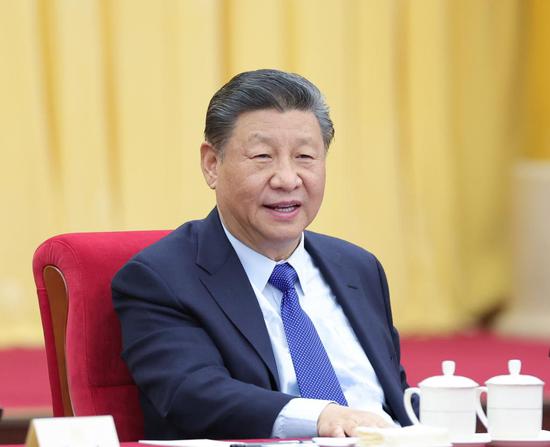
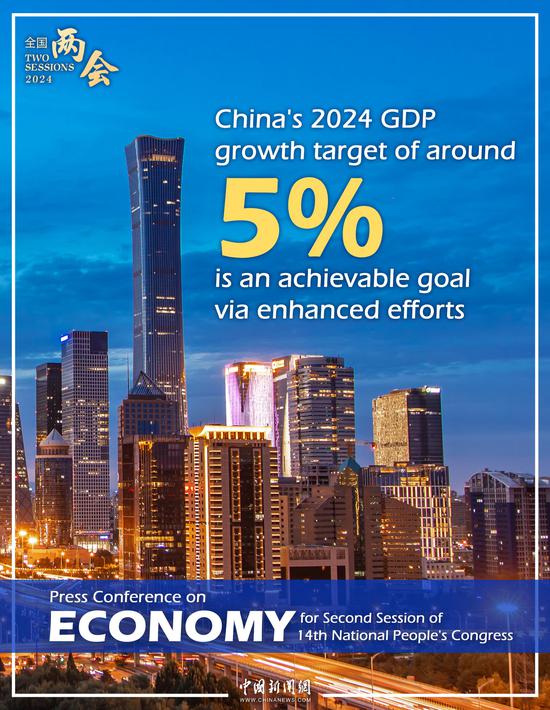

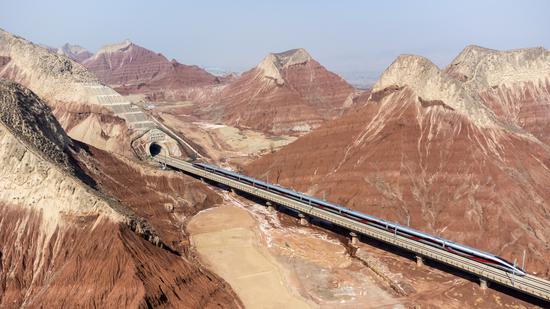

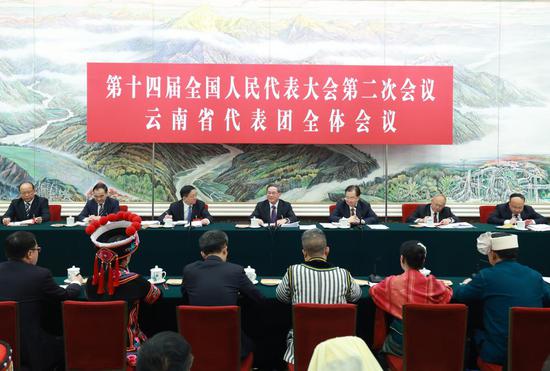
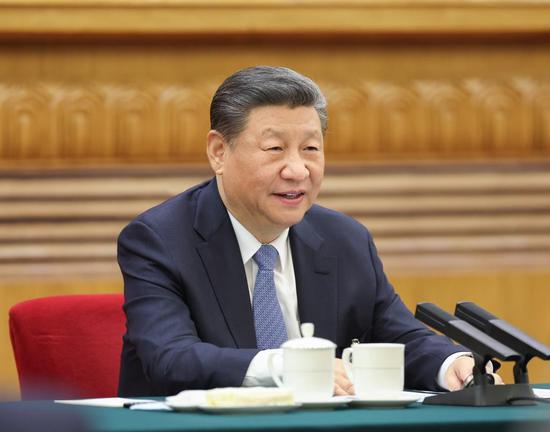
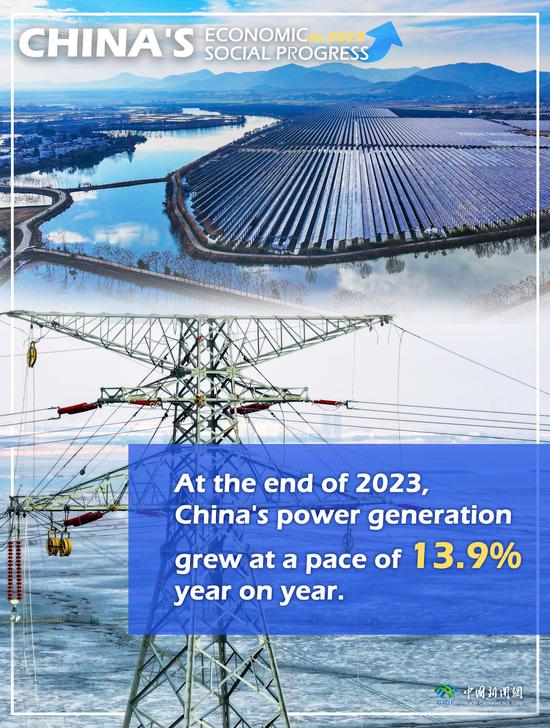
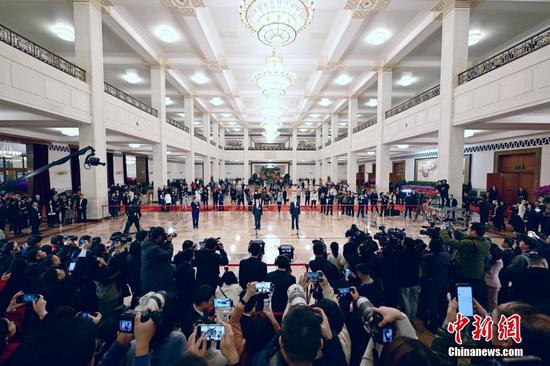
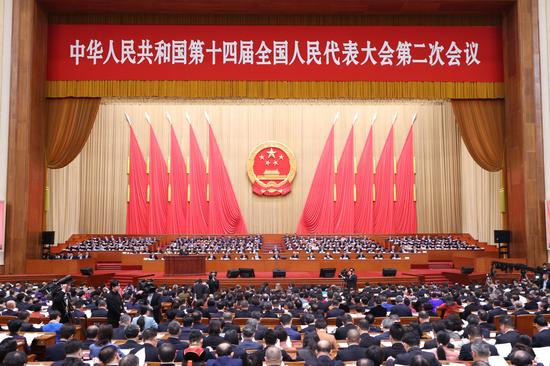

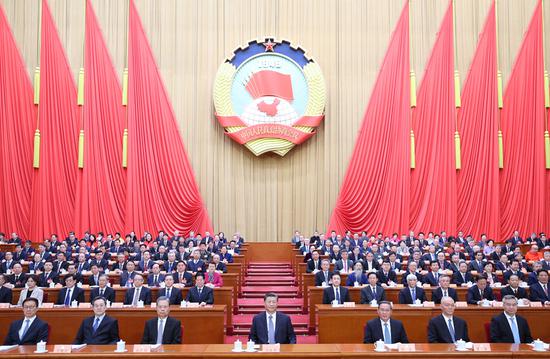
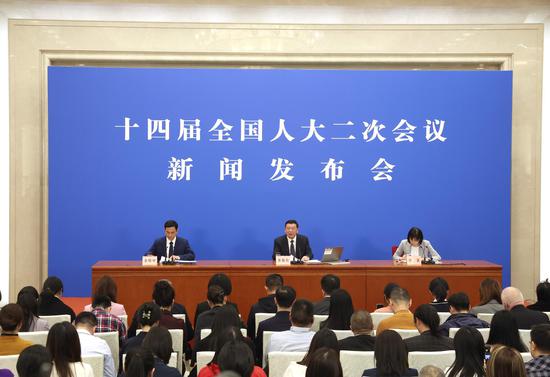
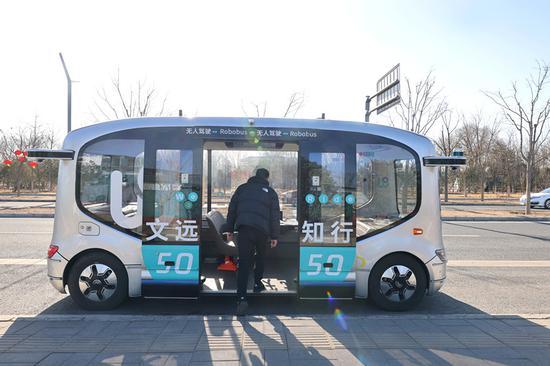

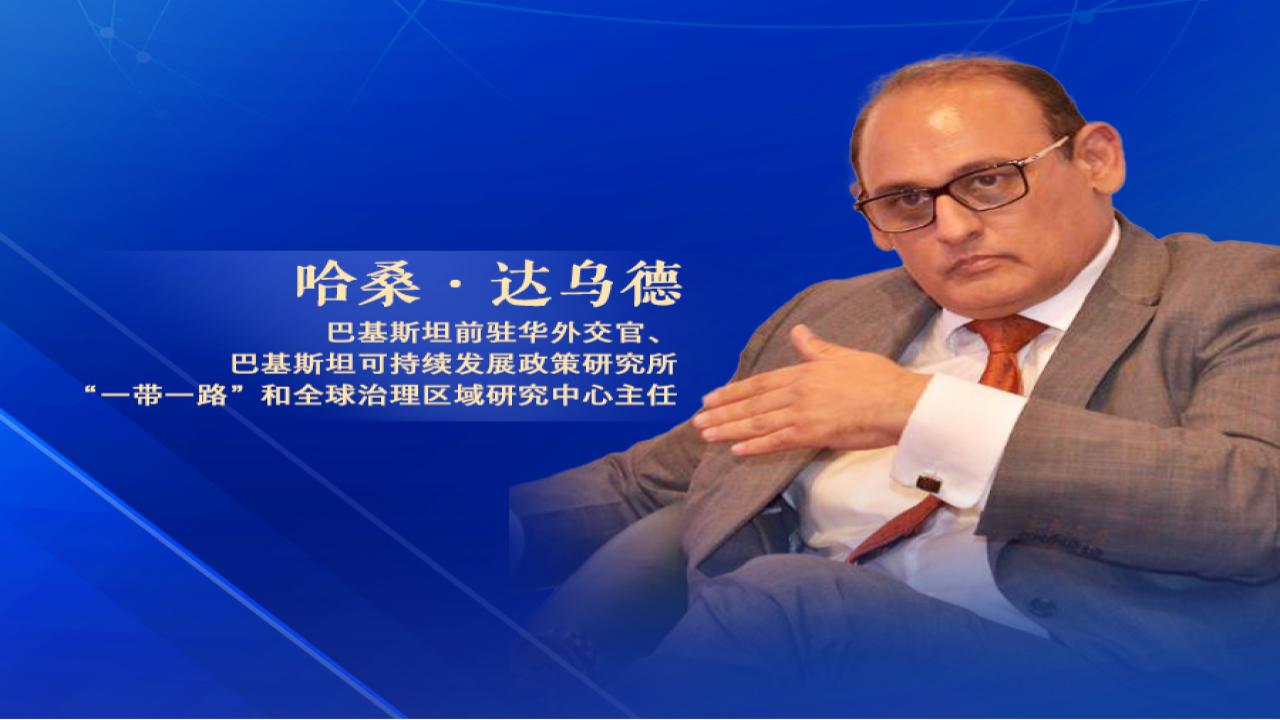

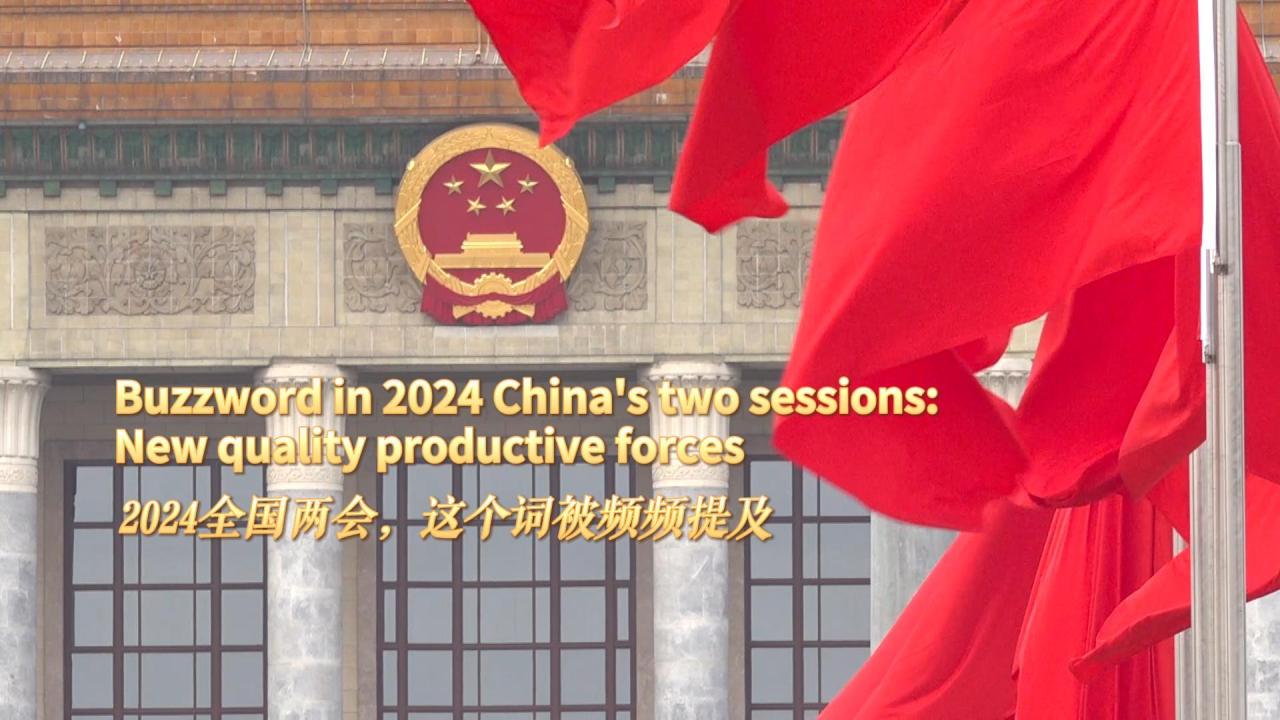

 京公网安备 11010202009201号
京公网安备 11010202009201号